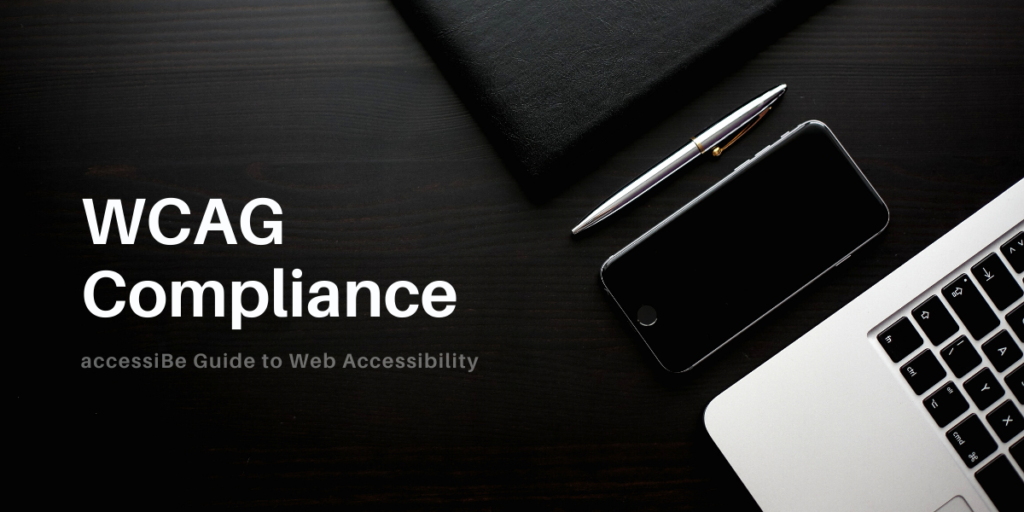A Handy Guide on ADA Compliance for Websites by AccessiBe

A Handy Guide on ADA Compliance for Websites by AccessiBe
ADA, or the Americans with Disabilities Act, is one of the most crucial and complicated laws related to accessibility compliance for public accommodations. The Act was instituted back in 1990 and covered various aspects of accessibility to avoid any discrimination against people with disabilities. ADA had been come out as a continuation of the Civil rights Act of 1964, which was meant to protect the citizen against discrimination on the basis of religion, race, sex, country of origin, etc. However, had gone a step forward by requiring the public organizations and utilities to offer reasonable accommodation to people with disabilities too.
ADA compliance for websites as per AccessiBe
ADA coverage on the Internet and websites has been a really confusing area. In fact, during the time of the Institution of ADA in 1990 did not address the online compliance needs as the Internet was not publicly accessible at that time. As AccessiBe confirms, interpretations of ADA had gone further up in recent times by mandating the digital compliance of the law for the website as many courts determined the applicability of ADA in the internet space too by considering it as a public accommodation.
Is ADA compliance a necessity for all websites?
As you have seen above, the ADA law does not fully specify that all websites need to be covered under ADA. However, as per the W3C guidelines and WCAG standard, it is highly recommended that the websites abide by the accessibility regulations. Search engines like Google have also mandated the websites to be compliant with the WCAG accessibility standards in order to rank high on online search results.
WCAG 2.1 on ADA compliance
As we discussed above, W3C guidelines mandated ADA compliance in the WCAG 2.0 version itself. However, the latest WCAG 2.1, which came out in June 2018, makes it more specific about accessibility compliance. There are various compliance levels targeted as per WCAG 2.1, with a number of articles on the same interpretations. However, the fundamental principles of maintaining the WCAG standards remain the same as per the previous guidelines.
Level of compliance as per WCAG
The guidelines of WCAG for accessibility-related matters are categorized at different levels as below.
- Level A is the primary level of accessibility, which covers the bare minimum usability compliance. It is concerned about the fundamental accessibility elements on the web pages.
- Level AA covers the accessibility requirements, which may affect the websites severely.
- Next, Level AA refers to more functionality-related needs, which offer a complete accessibility experience. However, this level of compliance may be beyond the reach of many websites as of now.
Major areas of focus
As per the WCAG guidelines, accessibility-related issues are categorized into four groups: perceivable, operable, understandable, robust, etc. The impact of the Americans with Disabilities Acts on accessibility may remain vague for the time being as it is now, but it will be made more specific and solid in the future, and there may not be a question existing whether the websites need to be ADA compliant or not.
Going forward, ADA is going to be stricter, and more court rulings can be expected in favor of the mandated need for accessibility compliance. Providers like AccessiBe are already offering tools and support in order to ensure ADA complaints about business and other public websites. These integrable tools can be used to ensure accessibility compliance for online websites as well as mobile applications.





